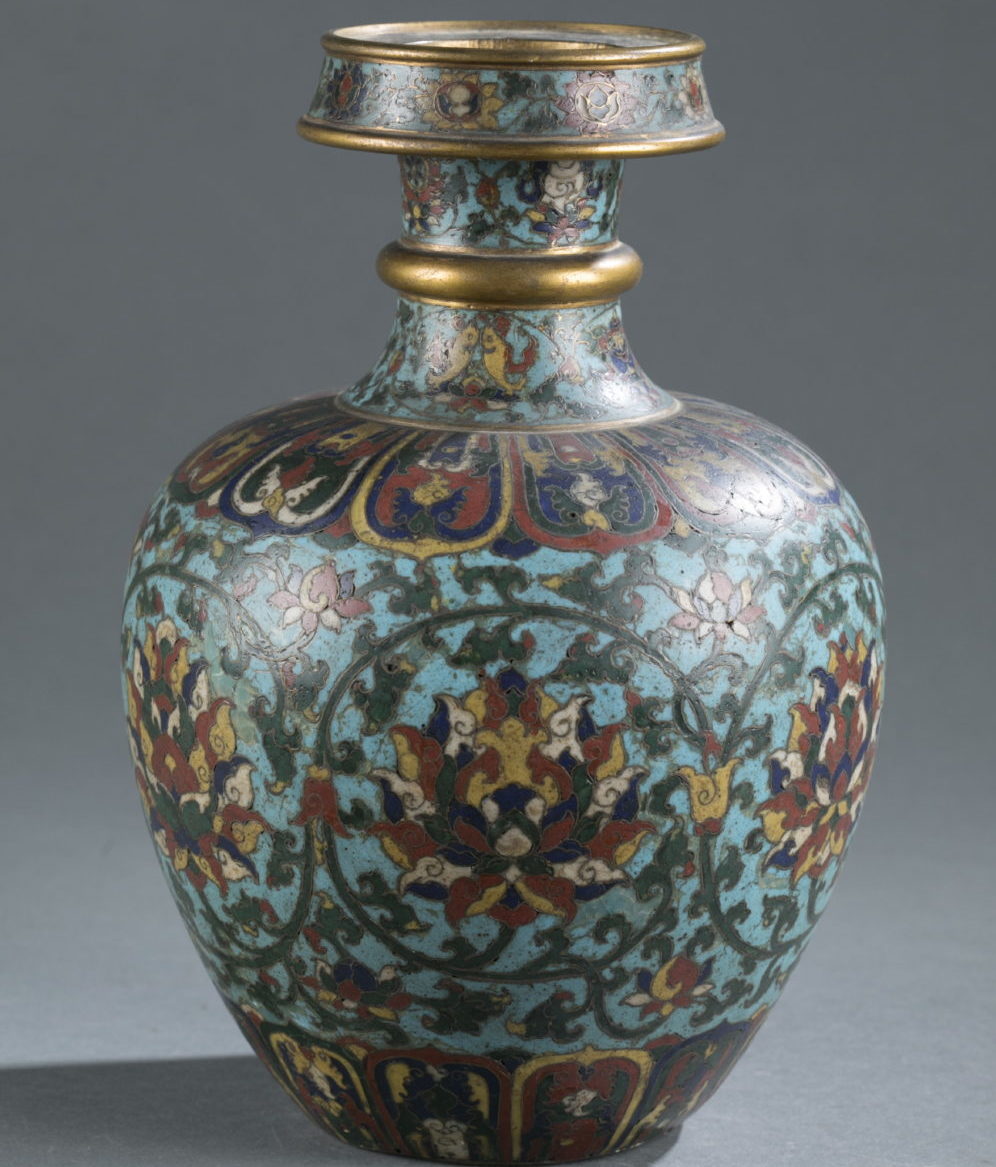
The business world let out a sigh of relief last week when news broke that the US and China had reached an initial trade deal. The agreement will reduce or eliminate punishing tariffs on Chinese goods in exchange for China’s pledge to purchase agricultural products from US farmers. But it is too soon for that relief to extend to dealers specializing in Chinese art, who have already been hit with a 15 percent tariff on Chinese arts and antiquities that went into effect in September.
In lieu of eliminating those tariffs, the new agreement will likely cut them in half, to 7.5 percent. (The 11th hour deal also staved off a new series of 10 percent tariffs that was set to go into effect this past weekend.)
September’s Section 301 tariff covers some $120 billion in Chinese goods, including, to the dismay of auction houses and dealers, antique Chinese art and artifacts. Although the final text of the deal has not been finalized or signed by state officials, “the United States has agreed to modify its Section 301 tariff actions in a significant way,” wrote the USTR, the government agency responsible for recommending trade policy to the president, in a fact sheet about the agreement.
“I believe there are reasons to be hopeful, but it remains to be seen whether and when there will be a deal that lifts tariffs on art, antiques, and collectibles,” Peter Tompa, the executive director of the Global Heritage Alliance, an advocacy group based in Washington, DC, told Artnet News. “Presumably, any such deal will be a boon to the trade because purchasers in the US who have laid back from buying abroad will now do so.”
US President Donald Trump and Chinese President Xi Jinping at the G20 Japan Summit in Osaka, Japan. Photo by Shealah Craighead for the White House.
The US-China trade war has been raging for 19 months. The Section 301 tariffs are particularly hard-hitting for the art world, because they apply to all Chinese art created more than 100 years ago—even works being imported from countries other than China.
“US collectors and dealers very seldom import art from mainland China because the mainland Chinese government prohibits the export of all Chinese antiques,” Jim Lally, of New York’s J.J. Lally & Co. Oriental Art, told Artnet News. “But the US tariff is applied to all Chinese art regardless of where it is found, so US collectors cannot import any Chinese art from any source (including for example, London auctions or Tokyo dealers) without paying the tariff.”
Lally plans to file an application for an exclusion from the US import tariff, following in the footsteps of auction houses Christie’s, in late October, and Sotheby’s, this month. Both houses claim that the tariff will only hurt US businesses, causing severe harm to the country’s art market by pushing demand for Chinese works overseas.
A view outside Sotheby’s in New York City. Photo by Noam Galai/Getty Images.
The USTR had gone back and forth on whether or not to include Chinese-origin artwork, antiques, and collectibles in Section 301 tariff. Artwork was taken off the table in July 2018, only to be included in the final set of tariffs, known as List 4.
In its exemption application, Sotheby’s argued that removing art from the list had been the right call, “since tariffs on these Chinese-origin items would only harm US companies and US interests.” The house noted that the US and China currently represent the world’s largest and third largest art markets.
“Given the global and fluid nature of the international art market,” the application stated, “there is every reason to expect that the business of selling and buying Chinese-origin antique art will be diverted elsewhere.”
And if US buyers decide not to get that antique Chinese scroll because the tariff is too steep, it’s not like there’s an equivalent product being made here—which might be the case, for, say, televisions or toys. “The art market is completely distinct from the market for industrial and manufactured goods,” Sotheby’s noted. “Imposing duties on Chinese-origin antique art will not result in increased demand for American-made antique art.”